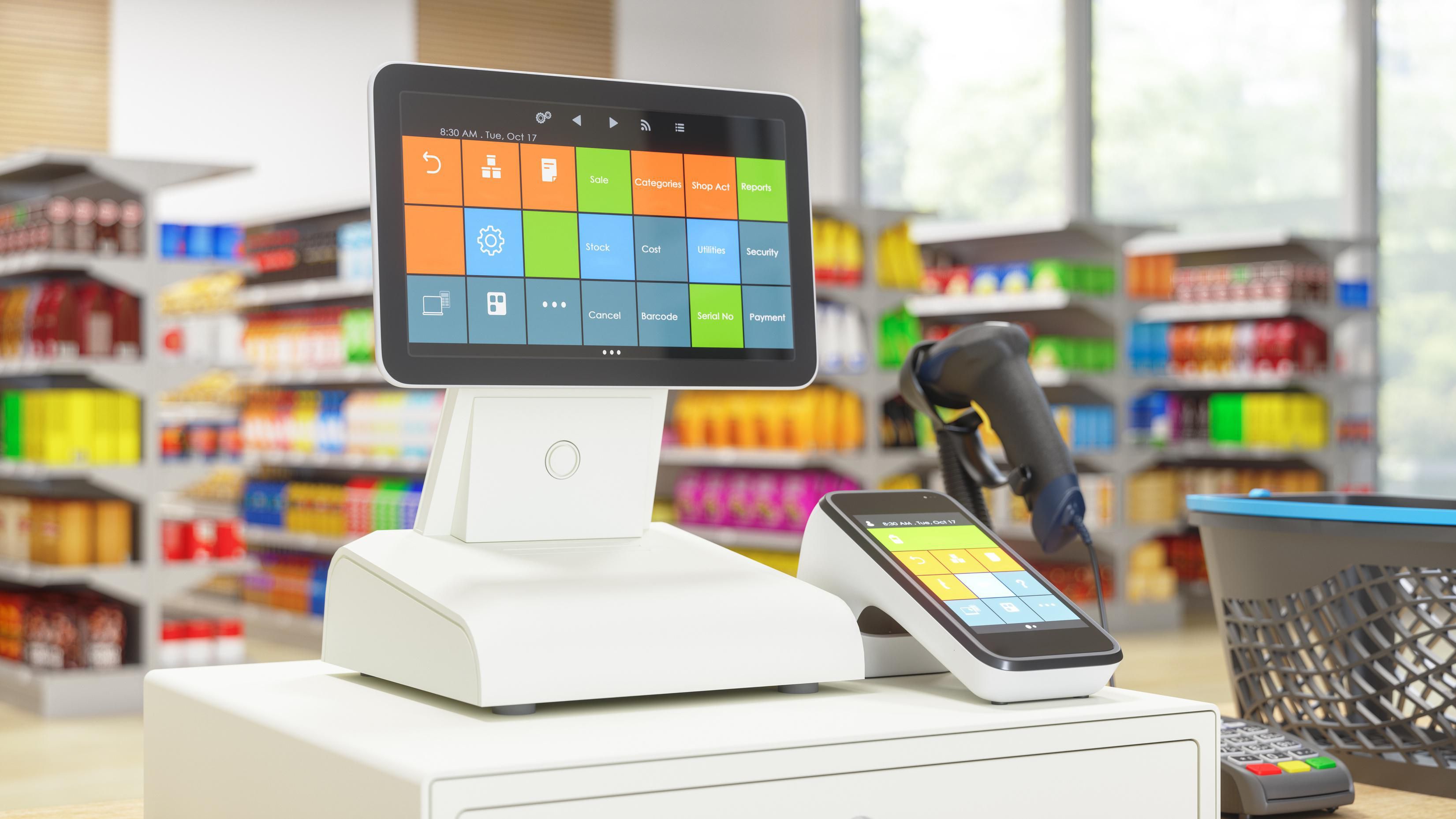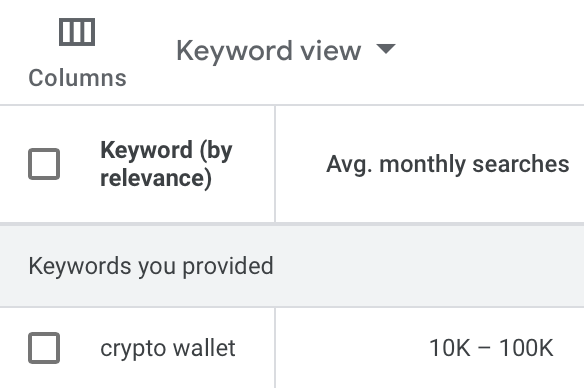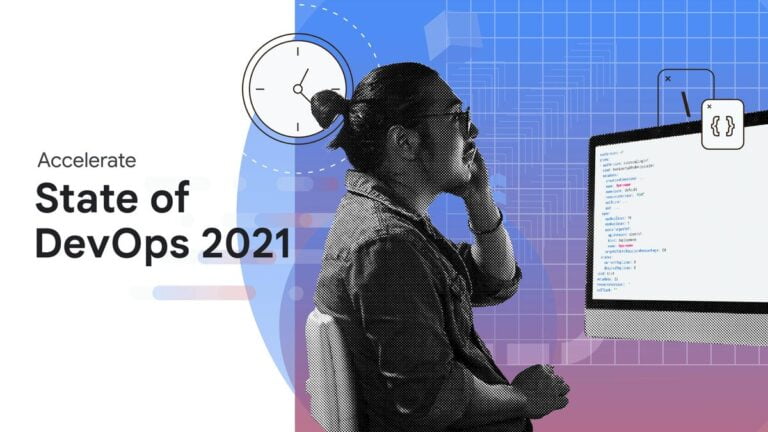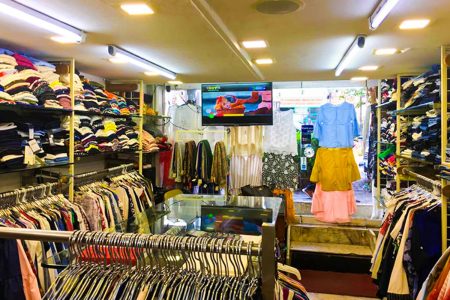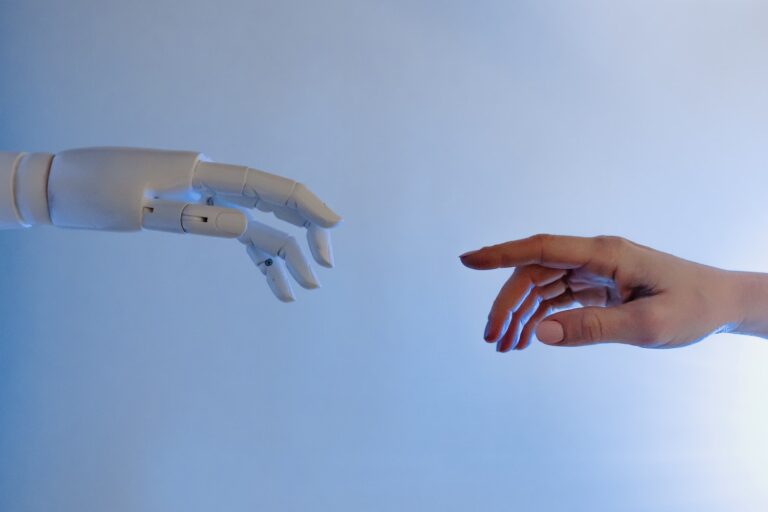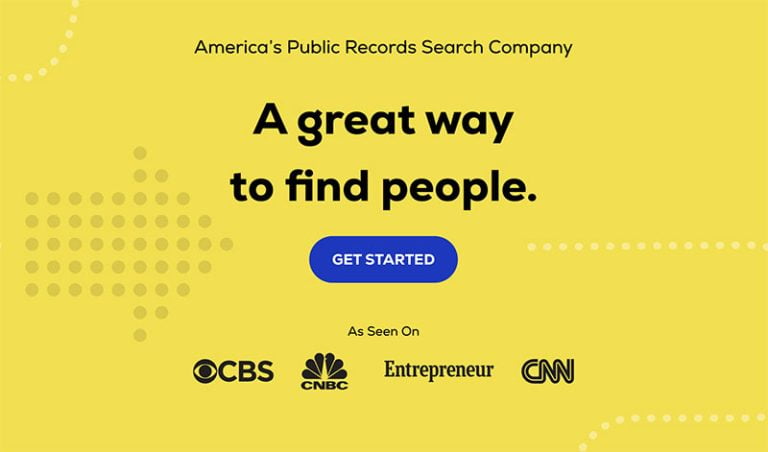The future of the consumer packaged goods industry is bright for those who implement cloud-based analytics, and AI and ML technologies.
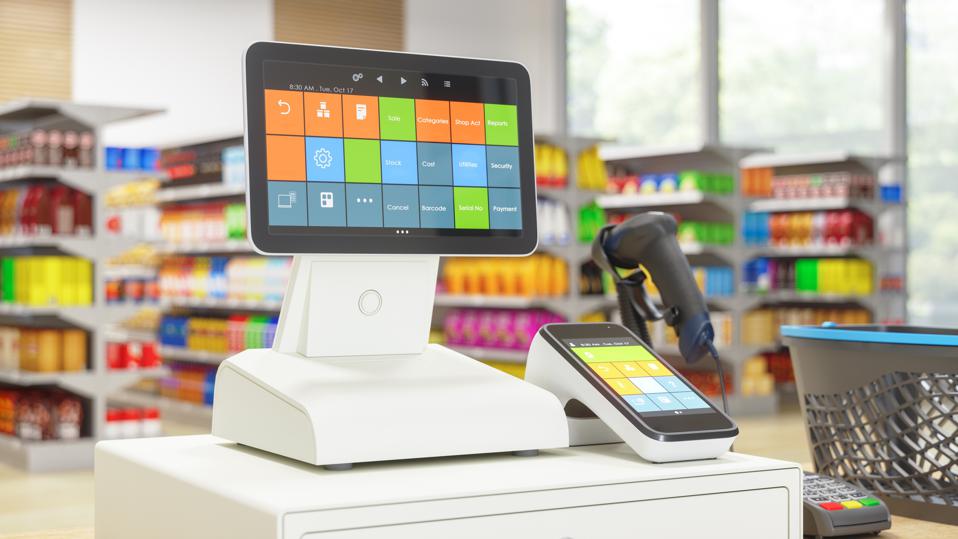
The new normal for the CPG industry will be digital, and it will be a quick path upwards for those who are willing to boldly implement AI/ML-powered cloud digital and analytics use cases.
getty
Last month, after being fully vaccinated, I enjoyed my first meal at a restaurant. The food was piping hot and although the service was a bit slow (which was on account of having more demand than the makeshift tented venue anticipated to serve), I couldn’t help being excited and thankful to enjoy once more one of the pleasures of life I had almost taken for granted pre-Covid. My partner, on the other hand, felt awkward throughout the evening and remarked that they would still prefer to have grocery delivery and cooking at home to stay healthy.
Our experience is illustrative of the new post COVID-19 normal. We are re-entering a world that doesn’t quite feel the same as the one we left last year and some of the experiences have led us to form new habits that are here to stay. Several COVID-era trends like nesting at home, locally minded and collectively conscious consumption, and values-driven purchasing are likely to have a lasting impact on the products and experiences we consume as we return to a new normal.
To effectively deal with a rapidly evolving market context, brands need to develop a direct connection with consumers that can help them rapidly detect and even predict new trends and agile business models so they can rapidly respond to those changes with product value and innovation.
These shifts in consumer behavior are still underway well more than a year into the pandemic. Over 40% of shoppers in a recent Google survey last month reported they had changed brands or shopped online for something they were previously buying in store. According to an Accenture study, if even small changes in consumer behaviors become permanent, the ripple effects will reshape value chains and redistribute more than $3 trillion of value to those businesses that best anticipate the impact. To effectively deal with a rapidly evolving market context, brands need to develop a direct connection with consumers that can help them rapidly detect and even predict new trends and agile business models so they can rapidly respond to those changes with product value and innovation.
At Google, we believe that the cloud will play a key role in helping consumer packaged goods (CPG) drive this new agenda. The adoption of cloud-based digital and analytics technologies that leverage Artificial Intelligence/Machine Learning (AI/ML) to solve for agility and granularity of decision making at scale is not a nice-to-have capability anymore. It may well be the superpower that differentiates the leaders in this new world by unlocking unprecedented value and competitive advantage. Brands that choose to leverage the cloud sooner will reap the benefits faster, as foundational investments in cloud-based solutions that leverage AI/ML and analytics yield greater value as more and more sophisticated use cases are adopted.
Digital and analytics can unlock at least $490 billion in value for CPG by 2023
Table of Contents
- 1 Digital and analytics can unlock at least $490 billion in value for CPG by 2023
- 2 Unlocking consumer growth with data-powered insights
- 3 Transforming go-to-market in an omnichannel ecosystem
- 4 Driving connected and efficient, sustainable operations
- 5 Success is not just about technology but driving a new culture
So where should CPG companies be investing to drive the most impact? We recently commissioned research to identify pockets of value creation from digital use cases, including cloud, AI/ML, and analytics for CPGs in the new normal. In total, we identified over 80 use cases for CPGs and prioritized them given their impact on industry P&Ls, their ease of implementation regarding technology and data requirements and organizational change management, and their effectiveness in further achieving environmental-social-governance (ESG) goals.
In our research, we looked at the top use cases across three core themes that are top of mind for industry leaders: unlocking consumer growth with data-powered insights, transforming go-to-market in an omnichannel ecosystem, and driving connected and efficient, sustainable operations. Together, the top application areas have the potential to drive at least $490 billion in value creation for the total CPG industry by 2023. While use cases and potential value vary by sub-verticals, we found 10 that are particularly promising across key CPG sub-verticals (food and beverage, personal care, and home and beauty) and align to the priorities of C-Suite leaders. Here’s a look at examples in those areas:
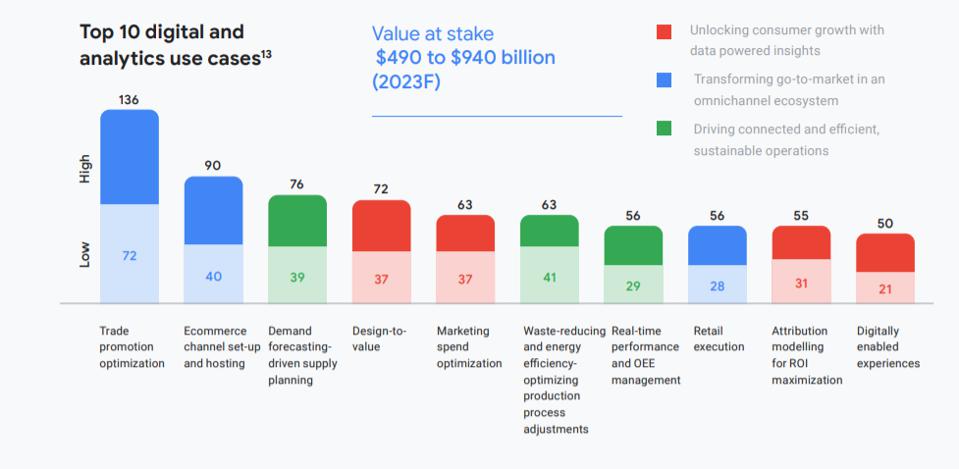
Figure 1: Top 10 digital and analytics use cases diagram
Google Cloud
Unlocking consumer growth with data-powered insights
Even before COVID-19, we knew that over 63% of consumers expect personalization as a standard of service. With increasing regulation and controls around sharing consumer data, it is now a mandate for brands to acquire first-party data and use it in a privacy-safe way. Several top use cases in this area are linked to marketing—from spend optimization and attribution modelling for ROI to personalized marketing at scale. Our research shows that using advanced analytics is a major driver for top-line growth, as insights into consumer decision journeys can boost sales; as well as for cost reduction, as external marketing spend can be streamlined to focus on the highest-performing channels and reduce wasted media spend. By extracting your marketing data from tools like Google Marketing Platform and leveraging cloud-based digital and analytics solutions, you can drive new levels of visibility to profitable promotions and even predictive marketing which—when deployed at scale—can represent between $69 million and $144 million in value at stake to a typical personal care and home company.
Transforming go-to-market in an omnichannel ecosystem
Consumer behavior and expectations are shifting constantly. Direct to consumer (DTC) or digitally native brands were the winners during Covid because they were able to keep their consumers from switching. CPG brands need to act as DTC brands and have a way to engage and build relationships with their consumers online to drive continued loyalty. This can be done by creating first-class direct-to-consumer e-commerce and B2B offerings and experiences.
The beauty industry is a leading innovator in direct-to-consumer (D2C) ecommerce. This is why DTC use cases are a particularly important driver for digital transformation in beauty. This includes, for instance, AI-powered beauty apps, with virtual try-ons for beauty and skin care, designed to help consumers purchase products specific to their skincare needs. These apps use image recognition and Augmented Reality (AR) to enrich the experience for the shopper. Google’s AR Beauty Try-On is one example. Even if DTC sales are not a big portion of your business, you will benefit from first-party data that can help you drive valuable insights across various business functions.
Driving connected and efficient, sustainable operations
The superpowers of AI/ML are not just for the consumer-facing parts of your business. By connecting your operations in real time with demand signals like search, trends, weather, mobility, and supercharging this data with AI and ML, you can make smarter and faster business decisions in a way that was not possible before.
One big opportunity—my personal favorite—is in the area of waste-reducing and energy efficiency-optimizing production process adjustments. While this use case may be a mouthful, it is also a pocket full of potential, with $57 million to $100 million in value at stake for a single food and beverage player alone. This use case entails assessing waste production and energy consumption across all manufacturing steps (i.e., on the line, in operations) and building an optimization model that minimizes waste and energy usage while maximizing productivity. Integrated data sources across the production chain would allow both this analysis and a system to flag unexpected increases in waste and energy consumption. It may also automatically adjust levers to minimize such factors and resulting negative side effects. For example, a dairy product, kept at the right temperature within precise tolerances throughout the production and distribution processes, can save 20% on energy costs by reducing excessive chilling. This is highly relevant for many CPG players, and especially those needing to maintain a cold chain. At Google, we are committed to saving energy across our operations: compared with five years ago, our data centers now deliver around seven times as much computing power with the same amount of electrical power. We also match 100% of the electricity we use with renewable energy. This commitment to sustainability enables our customers to meet their own cloud computing needs with zero net carbon emissions.
Success is not just about technology but driving a new culture
The new normal for the CPG industry will be digital, and it will be a quick path upwards for those who are willing to boldly implement AI/ML-powered cloud digital and analytics use cases. But the cloud is not just about technology. It is a fundamentally new paradigm that places human creativity and ingenuity at the heart of the modern enterprise. To thrive in this new paradigm, your journey will be both about the technology itself and driving a culture of business innovation by establishing a single view of the truth, democratizing access to insights in real time, and making decisions across the business that are rooted in consumer intimacy.
A partner like Google Cloud can help make this journey faster, smoother, and more secure by providing world-class infrastructure and access to talent. Driving consumer closeness through data and insights efficiently, dynamically, and at scale is at the heart of Google’s business. With infrastructure that powers the world’s leading consumer apps, leadership in AI/ML and data analytics, and a rich history of partnering with brands for joint success in our advertising business, Google Cloud is uniquely positioned to serve the CPG industry. You can read more about our industry solutions and read success stories from companies like Procter & Gamble, Unilever, and Rémy Cointreau to get inspiration for your transformation on our website: g.co/cloud/cpg.
To dive deeper into the research cited in this article, download this ebook or contact us.

